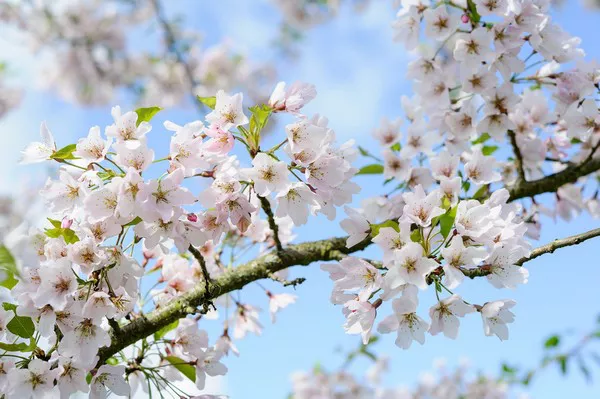In the vast realm of botanical diversity, plants exhibit a multitude of characteristics and adaptations, from the towering trees of ancient forests to the delicate blooms adorning meadows. Among these diverse forms, flowering and non-flowering plants stand as two broad categories, each with its own unique traits and ecological roles. However, despite their apparent differences, these two groups share several fundamental similarities that underpin their existence and contribute to the richness of the natural world.
Cellular Structure and Function:
At the most fundamental level, both flowering and non-flowering plants share a common cellular structure and function. All plants are composed of eukaryotic cells, characterized by membrane-bound organelles such as the nucleus, mitochondria, and chloroplasts. These cells perform essential functions such as photosynthesis, respiration, and reproduction, irrespective of whether the plant produces flowers.
Photosynthesis:
Photosynthesis serves as the cornerstone of plant metabolism, enabling the conversion of light energy into chemical energy to fuel cellular processes. Both flowering and non-flowering plants possess chlorophyll-containing chloroplasts, which facilitate the absorption of sunlight and the synthesis of organic compounds, chiefly glucose. Through this process, plants not only produce their own food but also release oxygen into the atmosphere, vital for sustaining life on Earth.
Reproduction:
While flowering plants reproduce through the formation of flowers, which contain reproductive organs such as stamens and pistils, non-flowering plants employ alternative mechanisms. Common modes of reproduction among non-flowering plants include spore formation, fragmentation, and vegetative propagation. Despite these differences in reproductive strategies, the overarching goal remains the same: to ensure the survival and proliferation of the species.
Adaptations to Environmental Challenges:
Flowering and non-flowering plants have evolved a myriad of adaptations to thrive in diverse environmental conditions. These adaptations may include physiological, anatomical, or behavioral traits that enhance the plant’s ability to acquire resources, withstand environmental stressors, and compete with other organisms. Examples of such adaptations include succulence in desert plants to store water, the development of extensive root systems for nutrient uptake, and the production of toxins to deter herbivores.
Role in Ecosystems:
Both flowering and non-flowering plants play crucial roles in terrestrial and aquatic ecosystems, contributing to biodiversity, nutrient cycling, and habitat formation. Flowering plants, with their vibrant blooms and nectar-rich flowers, often serve as pollinator attractants, facilitating the reproduction of numerous plant species and supporting diverse communities of insects and other animals. Non-flowering plants, such as mosses and ferns, are integral components of ecosystems, providing ground cover, stabilizing soils, and creating microhabitats for a variety of organisms.
Interdependence with Other Organisms:
Plants, whether flowering or non-flowering, are intricately connected to other organisms within their respective ecosystems. They form symbiotic relationships with mycorrhizal fungi, which aid in nutrient uptake, and engage in mutualistic interactions with pollinators and seed dispersers. Additionally, plants serve as the primary producers in food webs, serving as a source of energy for herbivores and ultimately sustaining entire ecosystems.
Response to Climate Change:
In the face of rapid environmental changes, both flowering and non-flowering plants exhibit responses that reflect their adaptability and resilience. Shifts in temperature, precipitation patterns, and atmospheric carbon dioxide levels can influence plant distribution, phenology, and physiology. While some species may face challenges due to habitat loss or altered growing conditions, others may exhibit phenotypic plasticity or undergo genetic adaptation to survive and persist in changing environments.
Conclusion
Flowering and non-flowering plants, despite their apparent differences, share numerous commonalities that underscore their evolutionary interconnectedness and ecological significance. From their cellular structure and metabolic processes to their roles in ecosystems and responses to environmental challenges, these plants embody the complexity and diversity of life on Earth. By understanding and appreciating these shared traits, we can gain deeper insights into the functioning of natural systems and the interconnected web of life that sustains our planet.


